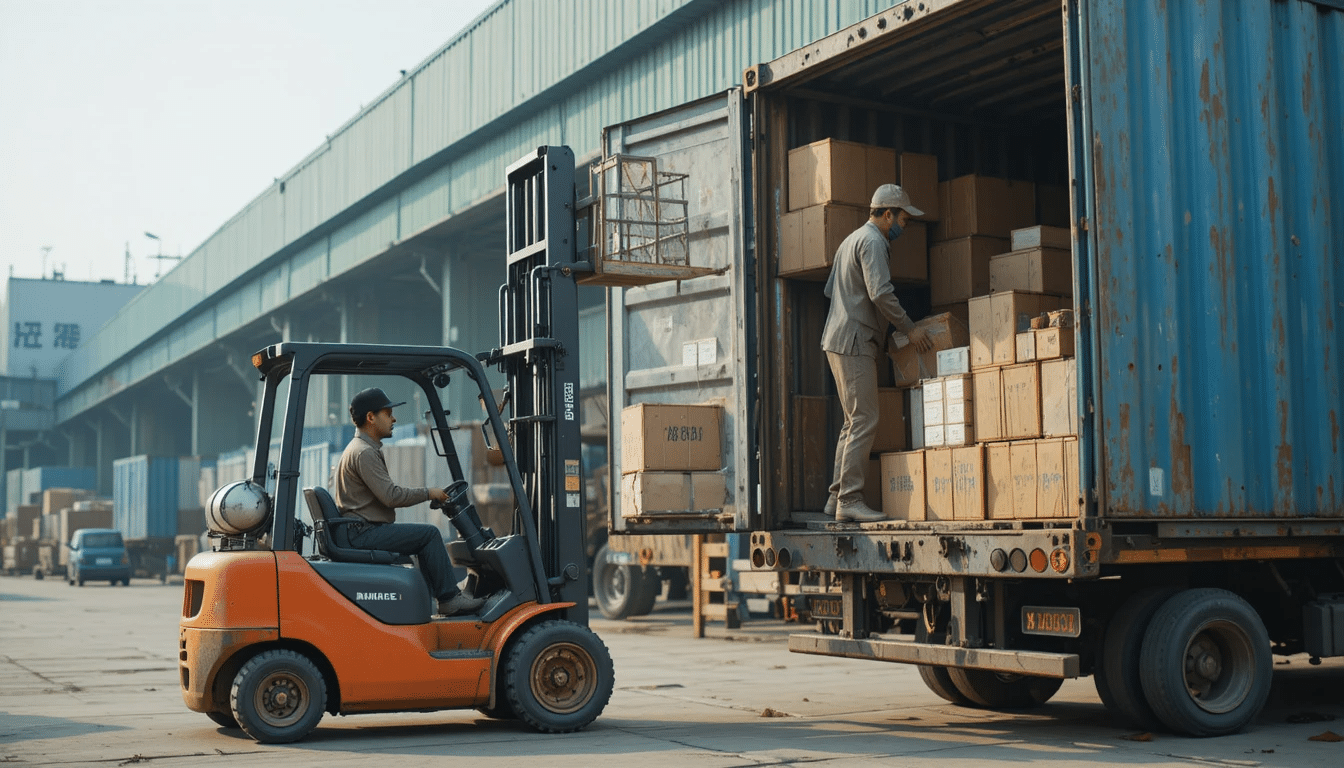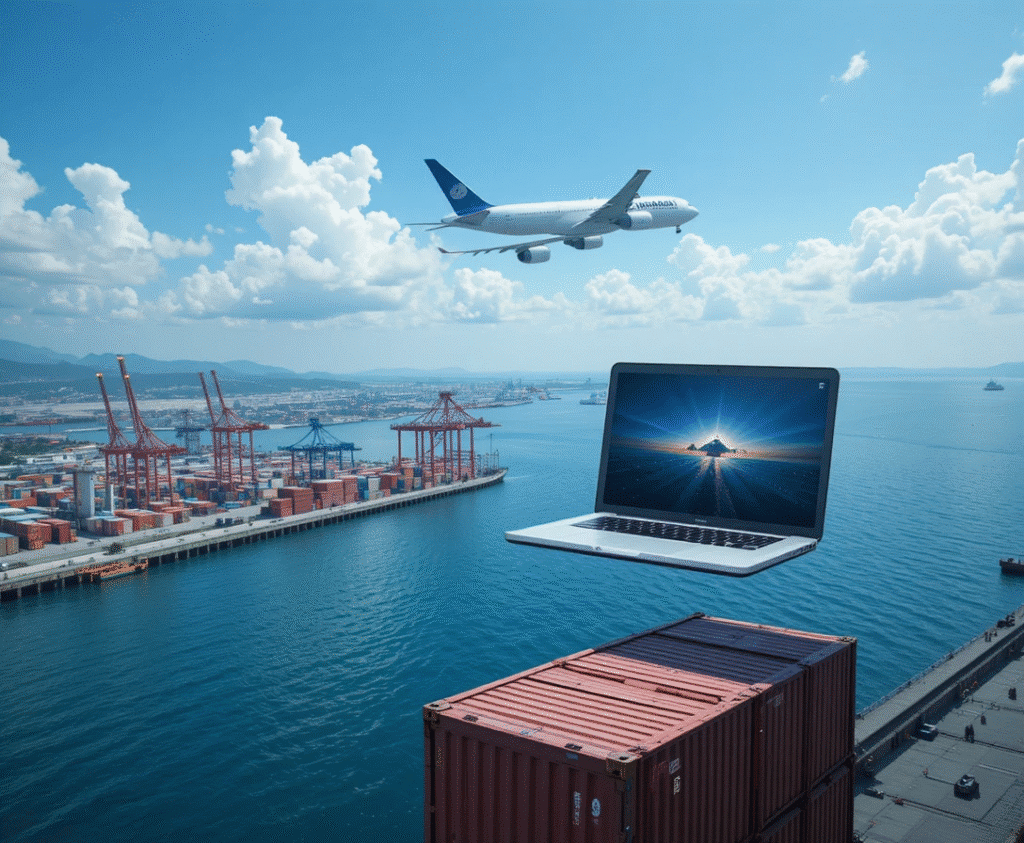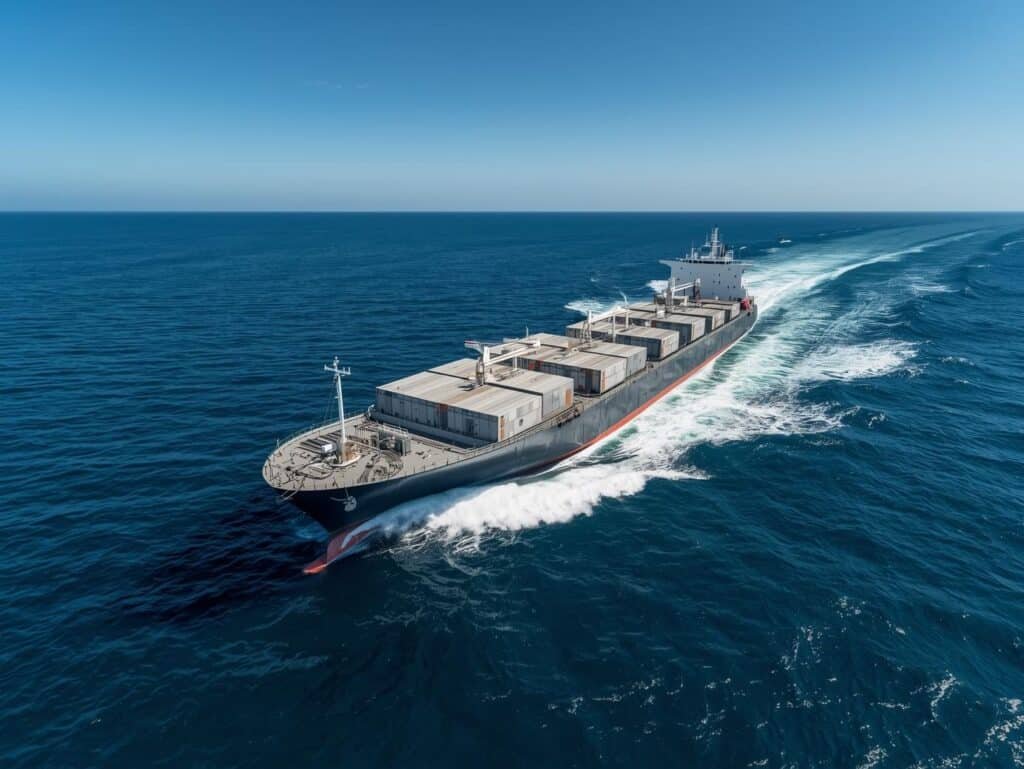CIP Incoterms 2025: Complete Guide to Shipping from China to Japan
By Guanwutong / November 1, 2025
When importing goods from China to Japan in 2025, understanding CIP (Carriage and Insurance Paid To) is essential for successful international trade.
As one of the most widely used Incoterms defined by the International Chamber of Commerce (ICC), CIP is especially relevant for companies managing cross-border logistics within Asia.
Whether you are a logistics professional, manufacturer, or trading company, mastering the CIP Incoterms 2020 rules will help you optimize costs, manage risks effectively, and negotiate better terms with Chinese suppliers and freight forwarders.
This comprehensive 2025 guide explains everything you need to know about CIP from China to Japan — including pricing calculations, insurance obligations, key differences from other Incoterms, and best practices for implementation.

1. What Does CIP Mean? Understanding CIP Incoterms
CIP stands for “Carriage and Insurance Paid To” — a rule defining the seller’s responsibilities under Incoterms 2020.
When shipping from China to Japan under CIP:
The seller (exporter in China) must deliver the goods to a named destination in Japan.
The seller pays for freight and insurance to that destination.
The risk, however, transfers to the buyer once the goods are handed over to the first carrier in China.
The buyer (importer in Japan) is responsible for import customs, duties, and unloading at destination.
Key Characteristics of CIP Shipping Terms
Unlike FOB (Free on Board), where the seller’s responsibility ends once the goods are loaded on board the vessel, CIP extends the seller’s cost obligations to cover transportation and insurance all the way to Japan — but the risk transfers much earlier, at the first carrier in China.
CIP is ideal for multimodal transport — combining ocean, air, rail, or truck freight — which is common on China–Japan trade routes.
CIP vs Alternative Incoterms: Choosing the Right Condition for 2025
| Aspect | CIP | FOB (Free on Board) |
|---|---|---|
| Insurance | Seller pays | Buyer pays |
| Risk Transfer | At first carrier in China | Once on board vessel |
| Freight Cost | Seller covers | Buyer arranges and pays |
| Best For | Buyer protection, multimodal routes | Buyer control over shipping |
Under FOB, Japanese importers arrange freight and insurance, while under CIP, Chinese exporters handle both, providing greater convenience for buyers.
CIP vs CPT (Carriage Paid To)
The only difference between CIP and CPT is insurance.
Under CPT, the seller pays only for freight; the buyer must arrange insurance.
Under CIP, the seller also provides Clause A “all-risk” insurance coverage for the buyer’s benefit.
CIP typically costs 1–3% more than CPT due to the added insurance premium.
CIP vs CIF (Cost, Insurance, and Freight)
CIF applies only to sea or inland waterway transport.
CIP, by contrast, applies to any mode of transport — including air freight, rail, trucking, or multimodal combinations.
For example, if you use sea–air or rail routes from China to Japan, CIP is the correct term; CIF cannot be used.
CIP vs DAP (Delivered at Place)
Under DAP, the seller bears all risks and costs until the goods arrive at the destination in Japan but is not required to provide insurance.
Under CIP, risk transfers earlier (in China), but the seller must obtain insurance for the buyer’s protection.
For any questions, feel free to contact GWT Shipping. Our team will provide professional, standards-compliant advice tailored to your specific needs.
2. Incoterms 2020 Changes: How They Affect CIP from China to Japan
Insurance Clause Upgrade: From Clause C to Clause A
Under Incoterms 2010, basic Clause C insurance was sufficient.
Incoterms 2020 now requires Clause A “all-risk” insurance, which offers much broader coverage (subject to exclusions).
Typical protections include:
Damage or loss from natural disasters, contamination, or mishandling
Theft, pilferage, or non-delivery
Damage during loading/unloading
(Note: War and strikes risks require separate “Institute War” or “Institute Strikes” clauses.)
This upgrade increases premiums for Chinese exporters but gives Japanese buyers stronger protection.
Clarification on Unloading Responsibility
Incoterms 2020 clarifies that unloading at the destination remains the buyer’s responsibility and cost under CIP — unless otherwise stated in the sales contract.
Note: The 110% insurance amount is industry standard, not an Incoterms requirement.
4. Risk Transfer and Insurance Requirements
When Does Risk Transfer?
Risk transfers from the seller to the buyer once the goods are handed over to the first carrier in China, even if the shipment continues to Japan by sea or air.
The seller still pays for freight and insurance to Japan, but bears no further risk after that point.
Insurance Requirements: Clause A (Mandatory Minimum)
Coverage type: Institute Cargo Clauses (A) — “all-risk” (subject to exclusions)
Minimum insured value: typically 110% of invoice value (industry norm)
Premium: around 0.5–1.5% of insured value
Duration: from risk transfer to named destination
Additional war/strike coverage: optional add-ons
Insurance Documentation
Chinese exporters must provide the Japanese importer with:
Insurance Certificate or Policy
Clear identification of cargo, vessel, and voyage
Policy showing effective dates
Buyer named as beneficiary or in assignable form
When to Use CIP for China–Japan Trade (2025)
CIP is best suited for:
Multimodal transportation (sea–air, truck–rail, etc.)
High-value or fragile cargo requiring all-risk insurance
Buyers without global cargo insurance
Suppliers aiming to simplify trade for Japanese customers
Predictable landed cost calculations for importers

Current Challenges in 2025
Insurance Premium Fluctuation – Premium rates vary with global risk factors.
Uneven Incoterms 2020 Adoption – Some small suppliers still misunderstand the Clause A insurance requirement.
Unloading Responsibility Disputes – Contracts should clearly restate that unloading in Japan is at buyer’s cost.
Currency Volatility – USD/JPY fluctuations affect freight and insurance cost accuracy.
If you would like to learn more about shipping from China to Japan, you can read:

Shenzhen to Japan Laptop Shipping: Air & Sea Freight Guide
Learn how to ship laptops from Shenzhen to Japan safely and efficiently. Explore air and sea freight options, lithium battery compliance, customs clearance, and cost estimates for both personal and commercial shipments.

How Long Does It Take to Ship from China to Japan?
Take Control of Your Schedule! Reduce delays and ensure reliable delivery from China to Japan. China-Japan Shipping (2025): Air 3-5 days, Sea 8-15 days.

Understanding CIP Shipping Terms: A Complete Guide for International Trade
CIP (Carriage and Insurance Paid): this is a very common Incoterm where sellers are responsible to organize transportation and minimum insurance, to a named destination but the risk passes to buyers to the first carrier when the products are delivered. This cargo term benefits both the sides due to the
5. Best Practices for China–Japan CIP Transactions
For Chinese Exporters
Ensure full understanding of Incoterms 2020 Clause A obligations.
Maintain relationships with reliable cargo insurers.
Calculate freight and insurance accurately to remain competitive.
Always specify the named destination and risk transfer point in contracts.
For Japanese Importers
- Confirm that sellers comply with Clause A coverage (not Clause C).
- Review insurance certificates before shipment.
- Clearly define unloading terms and destination in contracts.
- Prepare customs clearance procedures in advance.
Conclusion
CIP is one of the most secure and transparent Incoterms for 2025, aligning with modern multimodal logistics between China and Japan.
The Incoterms 2020 update, which mandates Clause A insurance, offers stronger protection and clarity than ever before.
For Japanese importers, CIP minimizes logistical effort and ensures comprehensive coverage.
For Chinese exporters, offering CIP demonstrates professionalism and customer focus.
When selecting between CIP, FOB, CPT, or DAP, consider:
Cargo value and sensitivity
Transportation mode
Buyer’s insurance capabilities
Cost transparency needs
A clear understanding of CIP pricing, insurance, and risk transfer enables both parties to manage international shipments confidently and efficiently.
FAQ
CIF applies only to sea or inland waterway shipping. CIP can be used for any mode, including air, rail, or multimodal. For air or rail routes, use CIP — not CIF.
Under Incoterms 2020, the buyer is responsible for unloading costs and risks at the destination, unless otherwise agreed in the contract.
Premiums typically range 0.5–1.5% of the insured value (usually 110% of the invoice). For a USD 10,000 shipment, that’s roughly USD 55–165.
Yes. CIP is usually 1–3% more expensive than CPT and more than FOB due to insurance and freight coverage. The higher cost buys greater protection and convenience for buyers.
Yes. All Incoterms are negotiable. Established exporters often offer CIP as part of a value-added service, while smaller suppliers may prefer FOB or CPT.
The insurance requirement was upgraded from Clause C to Clause A (all-risk), giving buyers broader protection during transit.
The buyer files the claim if the policy is issued in their name or assignable. Risk transfers to the buyer at the first carrier, so claims are made directly to the insurer, not the seller.
TLC includes the initial freight cost plus all unpredictable costs: GST, duties, Amazon FBA storage fees, and non-compliance penalties. A low initial freight quote is meaningless if high DDP fees, Biosecurity fines, or Amazon rejection charges inflate the final unit cost. Strategic sellers prioritize reliability over cheap rates to control TLC.
Ready to streamline your China-Japan logistics?

